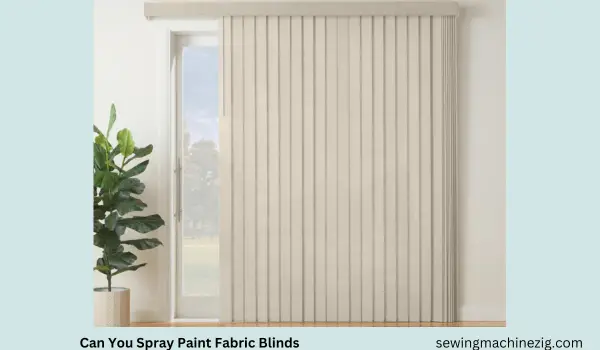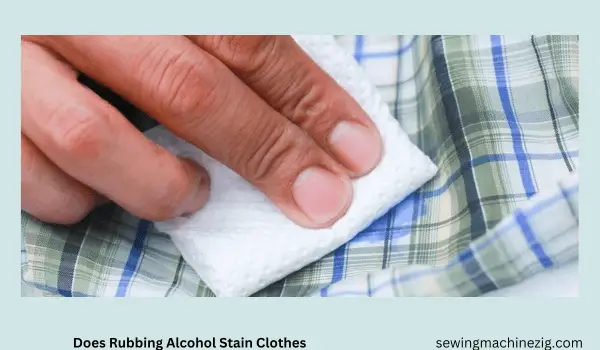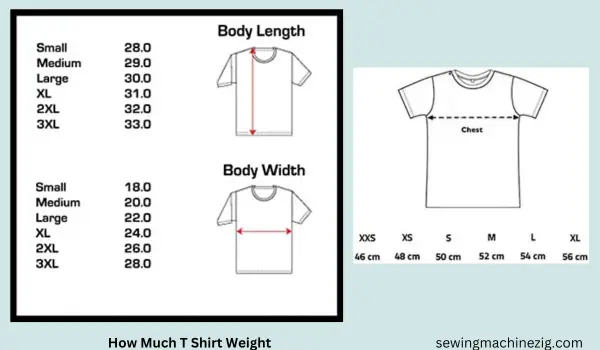
Embarking on a sewing project and encountering the term “What Is Selvage In Sewing” can be perplexing for beginners. Understanding its significance is pivotal in ensuring your sewing endeavors yield professional and polished results.
Thank you for reading this post, don't forget to subscribe!In this guide, we’ll delve into the intricacies of selvage in sewing, demystifying the concept to make your sewing journey smoother and more enjoyable.
What Is Selvage In Sewing Detailed Answer
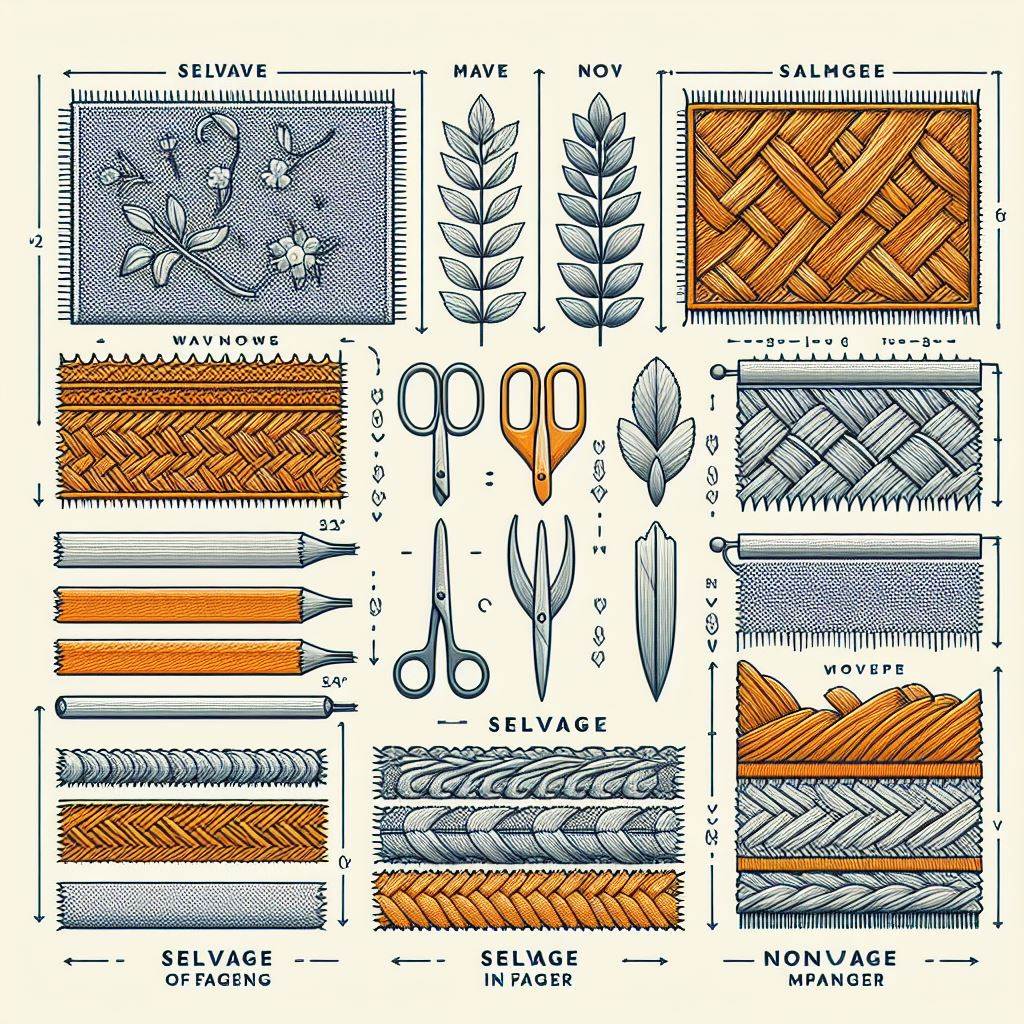
1. Definition and Importance:
Selvage Unveiled: Selvage refers to the self-finished edge of fabric that runs parallel to the lengthwise grain.
Stability and Quality: Selvage is tightly woven, providing stability and preventing fraying. It often features key information like the fabric’s designer or manufacturer.
2. Identifying Selvage:
Look for the Telltale Signs: Selvage is typically denser and may have a different color or pattern than the rest of the fabric.
Incorporate into Designs: Some designers use selvage intentionally, incorporating it into the design for aesthetic purposes.
3. Preserving Selvage:
Careful Cutting: When cutting fabric, preserve the selvage to maintain its stability. This is especially crucial if the selvage contains important information.
Incorporate into Seams: Selvage can be utilized in seams, adding a professional touch to the finished garment.
4. Creative Uses of Selvage:
Quilting Adventures: Selvage strips are popular in quilting projects, creating unique and visually appealing designs.
Selvage Accents: Incorporate selvage as accents in clothing or accessories for a distinctive touch.
5. Selvage vs. Raw Edge:
Strength and Stability: Selvage edges are stronger and more stable than raw edges, making them preferable for certain applications.
Finishing Touch: While raw edges require finishing to prevent fraying, selvage is pre-finished, saving time and effort.
6. Selvage in Sustainable Fashion:
Reduce, Reuse, Recreate: Embrace sustainable practices by repurposing selvage edges from old garments into new creations.
Eco-Friendly Choices: Utilizing selvage aligns with eco-conscious sewing, minimizing waste and promoting upcycling.
7. Selvage Denim:
Distinctive Quality: Selvage denim is prized for its quality and durability.
Coveted Aesthetic: The distinctive selvage line on denim cuffs is a coveted detail among denim enthusiasts.
How To Find Grainline Without Selvage
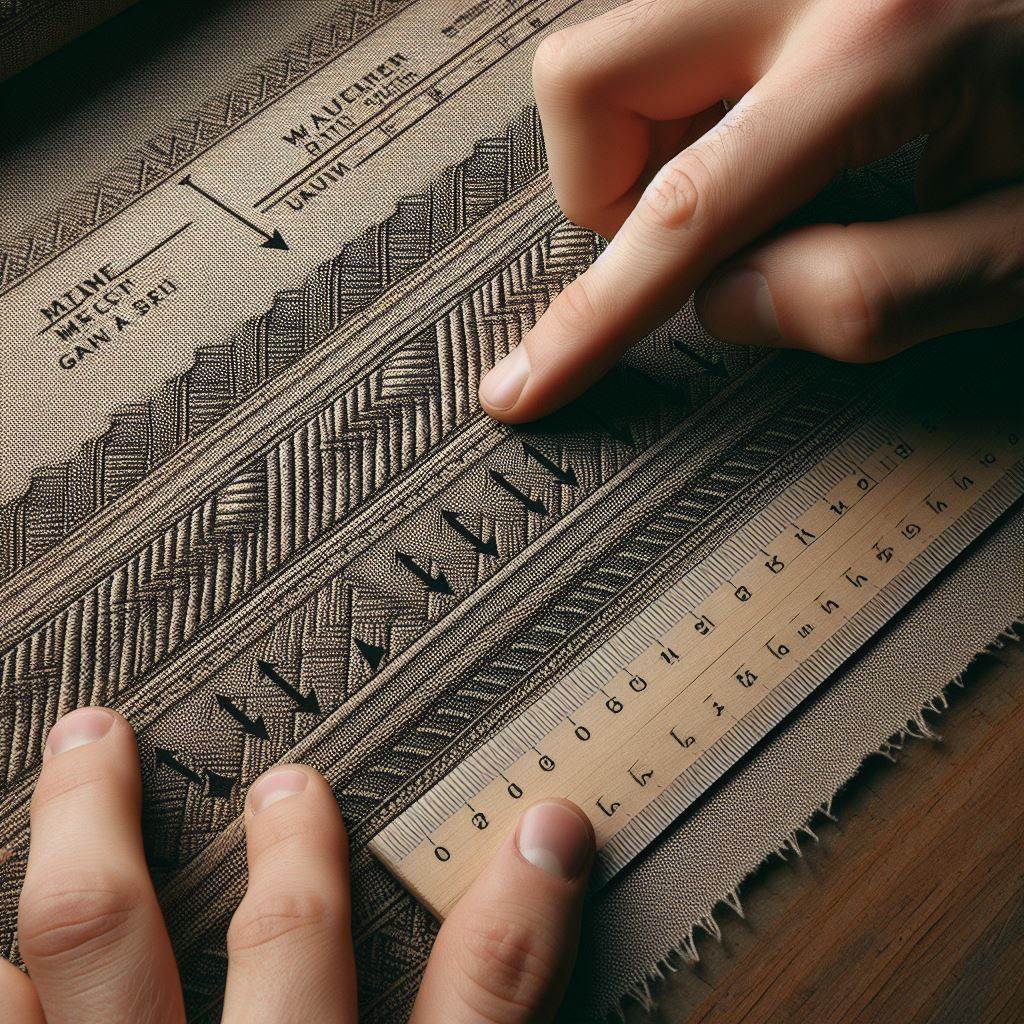
Embarking on a sewing project and encountering the challenge of finding the grainline without the convenience of selvage can be daunting. Understanding this struggle is crucial, and in this guide, we’ll explore a simple and detailed process to help you locate the grainline without relying on selvage. Mastering this skill will empower you to confidently navigate the world of fabric and enhance the precision of your sewing projects.
Step-by-Step Guide:
1. Understanding Grainline:
The Backbone of Fabric: The grainline is the direction of the fabric threads, comprising the lengthwise and crosswise grains.
Crucial for Fit: Properly aligning pattern pieces with the grainline ensures a garment’s optimal fit.
2. Inspecting the Fabric:
Identifying Threads: Examine the fabric closely to identify individual threads. The lengthwise grain threads are often smoother and straighter than the crosswise threads.
3. Using a Fabric Marker or Chalk:
Marking the Threads: Once identified, lightly mark the lengthwise grain threads with a fabric marker or chalk.
Creating a Visual Guide: These markings serve as a visual guide, making it easier to follow the grainline during cutting and sewing.
4. Measuring and Aligning:
Utilizing a Ruler or Tape Measure: Measure from the marked line to the fabric edge at various points to ensure consistency.
Aligning Pattern Pieces: Use the marked line as a reference to align your pattern pieces parallel to the lengthwise grain.
5. Triangle Method for Precision:
Creating Right Angles: Use a large right-angled ruler or create a right angle with a triangle ruler to ensure accuracy.
Aligning Edges: Place the ruler along the marked line, allowing you to align your pattern pieces accurately.
6. Testing Stretch and Bias:
Confirming Grainline: After marking and aligning, test the fabric for stretch along the lengthwise and crosswise grains.
Ensuring Proper Orientation: The fabric should stretch more along the crosswise grain, confirming the correct orientation.
7. Enhancing Accuracy with a T-square:
Perfect Right Angles: A T-square can be used to create precise right angles for aligning pattern pieces with the lengthwise grain.
Ideal for Larger Projects: Especially useful for larger fabric pieces where precision is paramount.
Conclusion:
Navigating the realm of sewing is enriched by unraveling the mystery of selvage. It’s not merely an edge; it’s a key player in stability, design, and sustainability. Embrace selvage in your sewing journey for a touch of professionalism and creativity. “What Is Selvage In Sewing“
FAQs:
Q1: Can I cut off the selvage when working on a sewing project?
A1: While you can cut off the selvage, preserving it is recommended for added stability and information about the fabric.
Q2: Is selvage only found in certain types of fabric?
A2: Selvage is present in most woven fabrics, but its appearance and importance may vary. “What Is Selvage In Sewing“
Q3: Can selvage be used in quilting projects?
A3: Absolutely! Selvage strips are popular in quilting, adding unique textures and patterns to quilt designs. “What Is Selvage In Sewing“
Q4: Is selvage denim worth the investment for sewing projects?
A4: Selvage denim is known for its quality and durability, making it a worthwhile investment for certain sewing projects. “What Is Selvage In Sewing“

